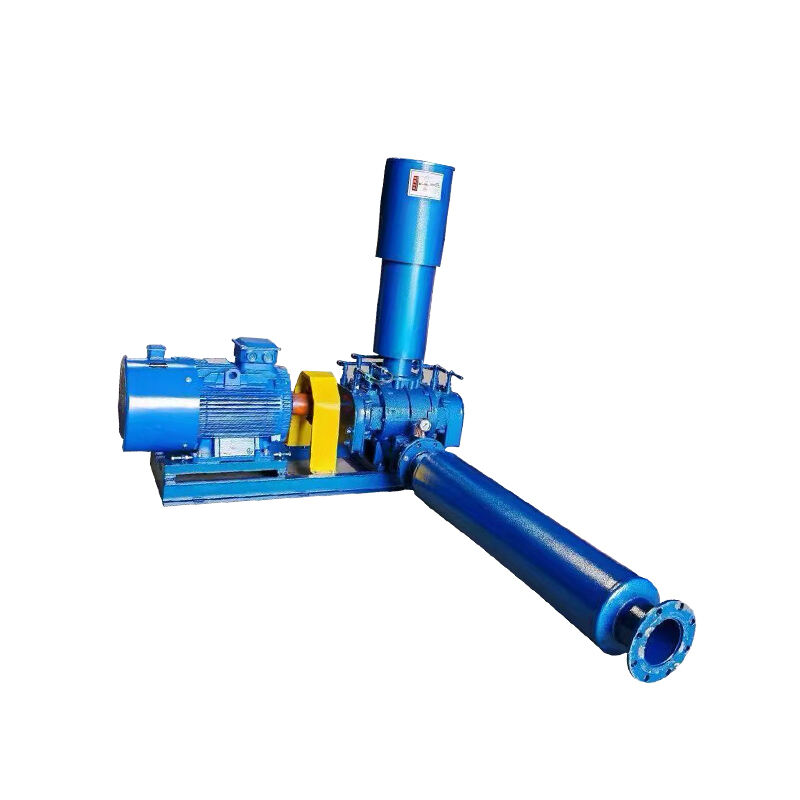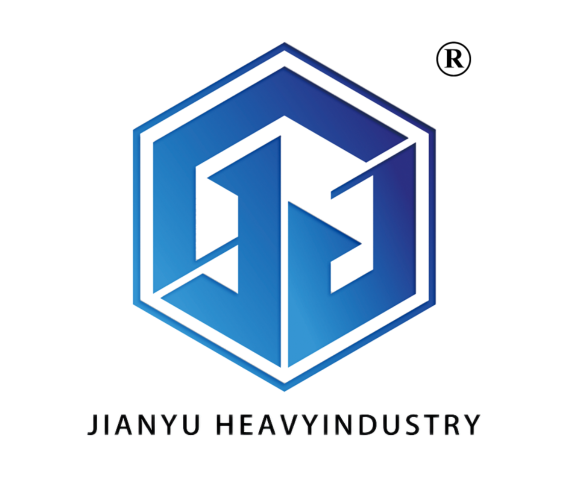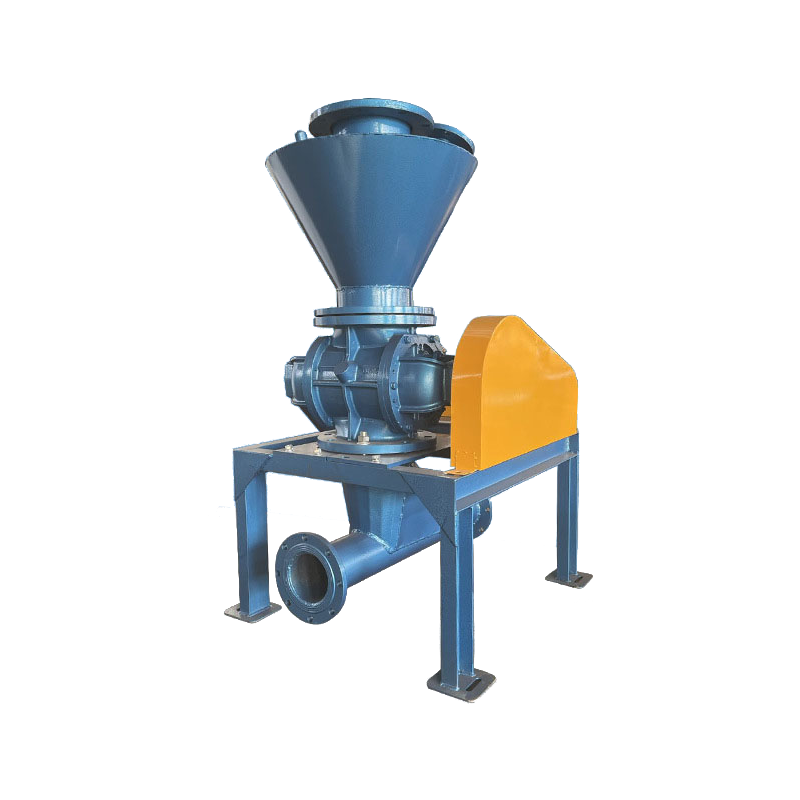Understanding the Power of Modern Material Transport Solutions
In today's fast-paced industrial environment, efficient material handling and transport have become crucial elements of successful operations. Pneumatic conveying systems represent a groundbreaking approach to moving materials through industrial facilities, offering solutions to numerous challenges that traditional conveying methods cannot address. These sophisticated systems utilize compressed air or gas to transport materials through enclosed pipelines, revolutionizing how industries handle bulk materials.
Key Benefits of Implementing Pneumatic Transport
Enhanced Operational Efficiency
Pneumatic conveying systems deliver remarkable improvements in operational efficiency across various industrial settings. By automating the material transport process, these systems significantly reduce the need for manual handling and minimize labor costs. The continuous flow operation ensures consistent material movement, eliminating bottlenecks and reducing downtime. Additionally, modern pneumatic conveying systems can be integrated with existing production processes, creating seamless material handling solutions that boost overall productivity.
Superior Material Protection
When handling sensitive or valuable materials, protection becomes paramount. Pneumatic conveying systems excel in this aspect by providing an enclosed transport environment that shields materials from external contamination. The sealed nature of these systems prevents exposure to moisture, dust, and other environmental factors that could compromise material integrity. This makes them particularly valuable in industries such as food processing, pharmaceuticals, and chemical manufacturing, where material purity is essential.
Space Optimization and Flexibility
One of the most significant advantages of pneumatic conveying systems is their ability to maximize space utilization. Unlike traditional conveyor belts that require substantial floor space, pneumatic systems can be installed vertically and horizontally, utilizing otherwise unused space. The flexible pipeline routing allows materials to be transported around obstacles and between buildings, providing unprecedented layout flexibility for facility designers and engineers.
Environmental and Safety Advantages
Dust Control and Clean Operations
Industrial environments often struggle with dust control and maintaining clean operations. Pneumatic conveying systems address these challenges head-on by containing materials within sealed pipelines. This containment significantly reduces dust emissions and improves air quality in the workplace. The reduction in airborne particles not only creates a healthier work environment but also minimizes the risk of dust-related explosions in facilities handling combustible materials.
Worker Safety Improvements
Safety remains a top priority in industrial operations, and pneumatic conveying systems contribute significantly to creating safer workplaces. By eliminating the need for manual material handling, these systems reduce the risk of worker injuries associated with lifting, carrying, and moving heavy materials. The enclosed nature of the system also prevents direct contact with potentially hazardous materials, protecting workers from exposure to dangerous substances.

Cost-Effective Material Management
Reduced Operating Expenses
While the initial investment in pneumatic conveying systems may seem substantial, the long-term cost benefits are significant. These systems require minimal maintenance compared to mechanical conveyors, resulting in lower maintenance costs and reduced downtime. The automation of material handling processes reduces labor requirements, leading to considerable savings in operational expenses. Additionally, the energy-efficient design of modern pneumatic conveying systems helps optimize power consumption, contributing to lower utility costs.
Minimized Material Loss
Material loss during transport can significantly impact a company's bottom line. Pneumatic conveying systems excel at minimizing material waste through their enclosed design and precise control capabilities. The sealed pipeline network prevents spillage and product loss, while advanced control systems ensure accurate material delivery rates. This efficiency is particularly valuable when handling expensive or sensitive materials where waste reduction directly affects profitability.
Advanced Process Control and Automation
Precise Material Flow Management
Modern pneumatic conveying systems incorporate sophisticated control systems that enable precise management of material flow. Advanced sensors and monitoring equipment provide real-time data on system performance, allowing operators to optimize transport parameters for different materials and conditions. This level of control ensures consistent material delivery rates and helps prevent system blockages or other operational issues that could impact productivity.
Integration with Industry 4.0
The digital transformation of industrial operations has created new opportunities for pneumatic conveying systems. These systems can be seamlessly integrated with Industry 4.0 technologies, enabling enhanced monitoring, predictive maintenance, and automated optimization. Real-time data collection and analysis help identify potential issues before they become problems, while smart control systems automatically adjust operating parameters to maintain optimal performance.
Frequently Asked Questions
How do pneumatic conveying systems handle different types of materials?
Pneumatic conveying systems can be designed to handle a wide range of materials, from fine powders to granular substances. The system's parameters, including air velocity, pressure, and pipe design, are customized based on the specific material characteristics and flow requirements. Different conveying modes (dilute or dense phase) can be selected to ensure optimal handling of various materials.
What maintenance requirements do pneumatic conveying systems have?
Pneumatic conveying systems typically require less maintenance than mechanical conveyors. Regular maintenance includes inspecting pipelines for wear, checking seals and joints for leaks, and ensuring proper operation of air supply components. System filters should be cleaned or replaced periodically, and pressure gauges and sensors should be calibrated according to manufacturer recommendations.
Can existing facilities be retrofitted with pneumatic conveying systems?
Yes, pneumatic conveying systems can be successfully integrated into existing facilities. The flexible nature of pipeline routing allows these systems to be installed around existing equipment and structures. However, careful planning is essential to ensure proper system design, including considerations for air supply requirements, material entry and exit points, and integration with existing processes.

